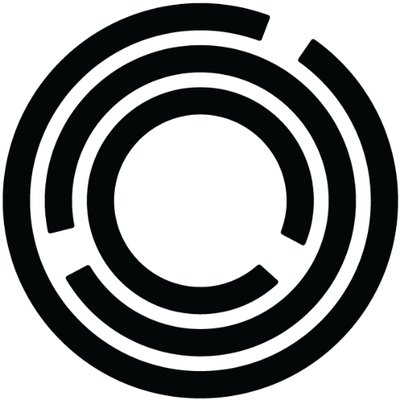
Jane Street Product Designer case: real‑time cross‑venue trading console
Overview You’ll run a collaborative, Socratic case with a Jane Street designer/PM-engineer pairing to explore, scope, and sketch an internal tool used by traders and operations. The session mirrors Jane Street’s day‑to‑day style: rigorous reasoning, curiosity, humility, and collaborative problem solving. Case prompt Design an alerting and intervention console that helps traders/ops monitor and act on issues across more than 200 trading venues in 45 countries. The console must surface the right signals in milliseconds, support keyboard‑first workflows, and provide safe, auditable controls for pausing/resuming strategies, adjusting risk limits, and communicating status during fast market conditions. Focus areas - Problem discovery: Identify primary users (e.g., equities trader in New York, operations in London, risk in Hong Kong) and their goals under time pressure; map handoffs across time zones and offices. - Information architecture: Organize dense, real‑time data (venue health, strategy status, PnL deltas, risk limits, incident timeline) without visual overload; prioritize signal over noise. - Interaction design: Propose keyboard‑centric flows (hotkeys, command palette), progressive disclosure, and guardrails (confirmations, safe defaults, role‑based access) for irreversible actions. - Systems thinking: Handle scale (hundreds of venues/strategies), latency constraints, failure modes, degraded states, and partial data; design for simulation/sandbox to rehearse incidents. - Visibility and auditability: Show who did what, when, and why; preserve traceability for post‑mortems and regulatory review; design diff views for limit changes. - Globalization & compliance: Time zones, trading calendars/halts, language/number formats; privacy and least‑privilege access for sensitive data. - Collaboration & teaching: Build in lightweight explanations, inline docs, and links to internal classes/library; support design critiques and iterative improvement. How the interview runs (typical flow) 1) 5 min: Context and clarifying questions. Expect probing on assumptions and trade‑offs. 2) 15–20 min: Map user journeys and jobs‑to‑be‑done; define success metrics (e.g., time‑to‑first‑action, false‑positive rate, incident MTTR, error rate on high‑risk actions). 3) 15–20 min: Sketch core IA and key screens (overview, alert details, action modal, audit timeline); narrate priorities and rationale. 4) 10–15 min: Edge cases and stress tests (venue outage, network partition, flood of alerts, conflicting actions, market‑wide halt, permission denial, rollbacks). 5) 5–10 min: Iteration and reflection—identify risks, experiments, and how you’d partner with engineers (many teams use OCaml and internal web tooling) to test and ship safely. Evaluation rubric (what Jane Street looks for) - Clarity of thought and communication under time pressure; ability to ask high‑leverage questions. - Depth of reasoning and justified trade‑offs (latency vs. safety, density vs. readability, power vs. protection). - Systems‑UX craft for complex, data‑heavy tools; comfort with keyboard‑first patterns and information density. - Collaboration: humility, active listening, and willingness to change direction with new evidence. - Safety and correctness mindset: explicit guardrails, auditability, and rollback paths. Artifacts you may produce (low‑fi is fine) - Entity/relationship sketch (venues, strategies, limits, incidents, users). - Navigation/IA outline and a few core wireframes. - Action model showing permission checks, confirmations, and logging. - Metrics plan and experiment ideas (alert quality thresholds, batching, snoozing strategies). Follow‑up variations the interviewer may introduce - Design a command palette for power users with reversible, dry‑run actions. - Dark‑room and accessibility constraints (color use, contrast, screen glare, screen‑reader/shortcut parity). - Cross‑office incident handoff timeline with "next‑operator" checklist and auto‑generated summaries. - What happens if data is delayed or contradictory? Show degraded UI and confidence indicators. Candidate guidance Think aloud, challenge assumptions, and be comfortable saying "I don’t know—here’s how I’d find out." Favor correctness, safety, and clarity over cosmetics; show how you’d learn from production feedback and internal classes/library resources.
70 minutes
Practice with our AI-powered interview system to improve your skills.
About This Interview
Interview Type
PRODUCT SENSE
Difficulty Level
4/5
Interview Tips
• Research the company thoroughly
• Practice common questions
• Prepare your STAR method responses
• Dress appropriately for the role